';
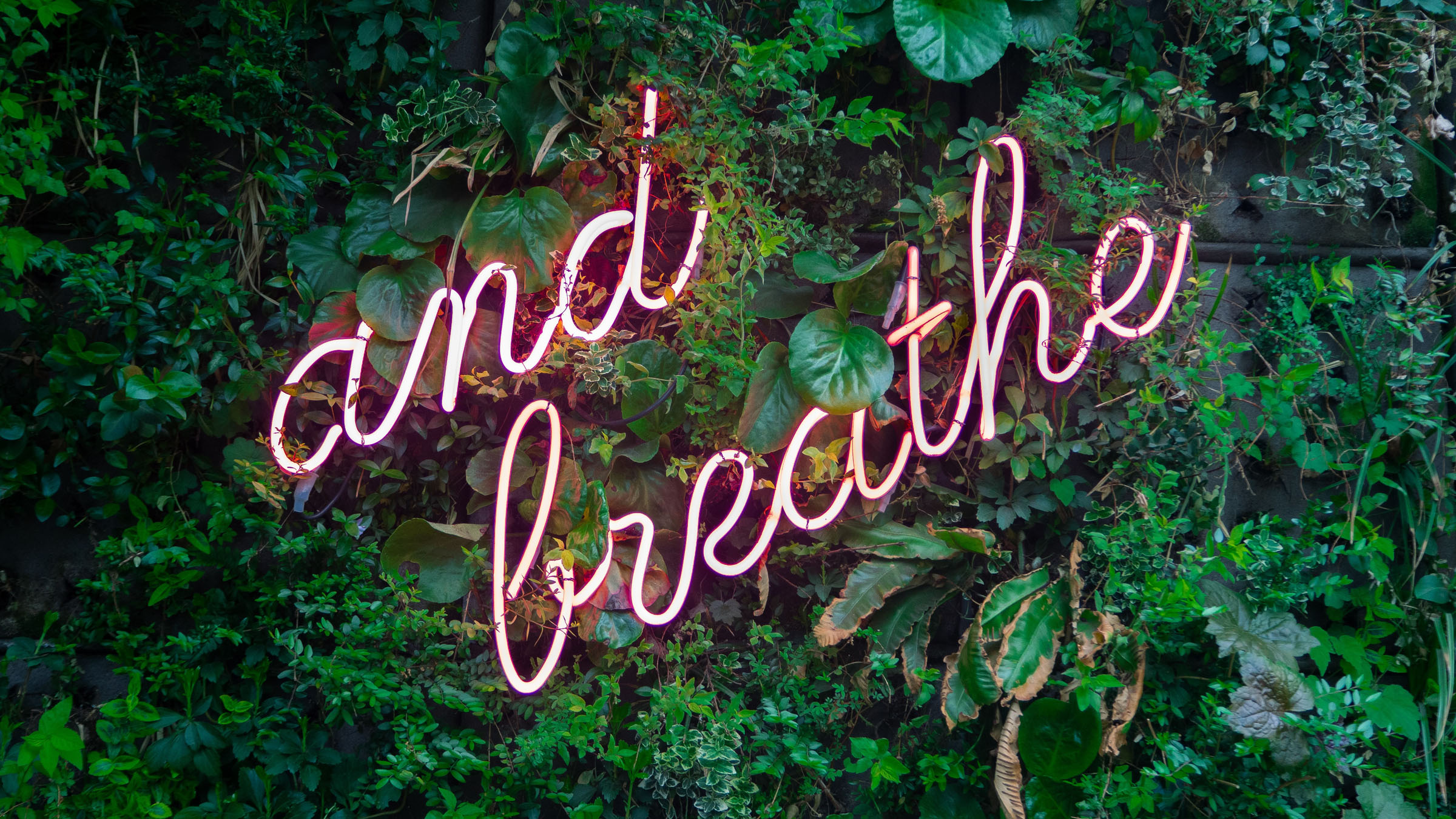

Living
Every Breath You Take: What’s Your Breathing Technique IQ?
You know that breath is life, but how much do you really know about breathing techniques and their ability to impact our health? Take a deep breath, and then take our quiz
By Irene de Vette Jessica KellerScroll
If we thought about every breath we take, we would never accomplish anything other than breathing. And yet, occasionally thinking about your breath in order to mindfully regulate and change it can have far-reaching benefits, from reduced anxiety to lower blood pressure and an improved ability to manage acute stress.
Yes, it can be that easy. But where to start? Take our quiz to gauge your level of breathwork expertise, and get some handy advice on how to improve your techniques.
1. Before we work with our breath, we must first understand it. So let’s start with the basics: why do we breathe?
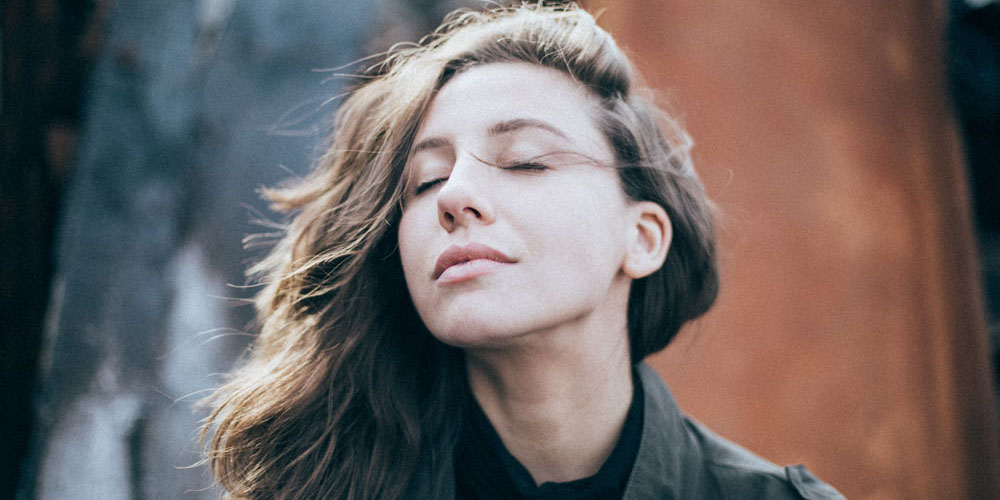
Correct!
Wrong!
-
2. To refer to the air we breathe as ‘oxygen’ is misleading. In fact, air usually contains only about 21% oxygen, while 78% is…

Correct!
Wrong!
-
3. The major muscle that facilitates the expansion and contraction of your chest as you inhale and exhale is called the…
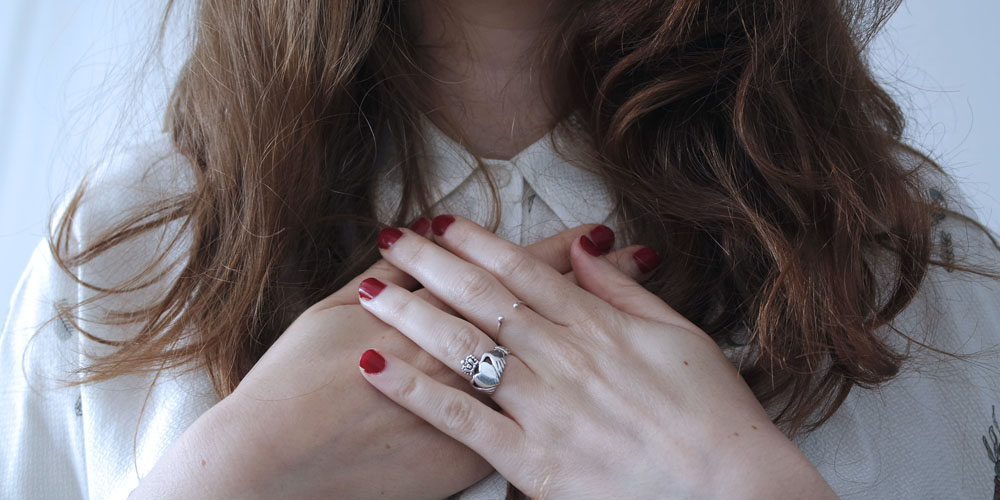
Correct!
Wrong!
-
4. True or false: Your lungs are not symmetrical. Your right lung is larger than your left lung, which is narrower in order to provide space for your heart.
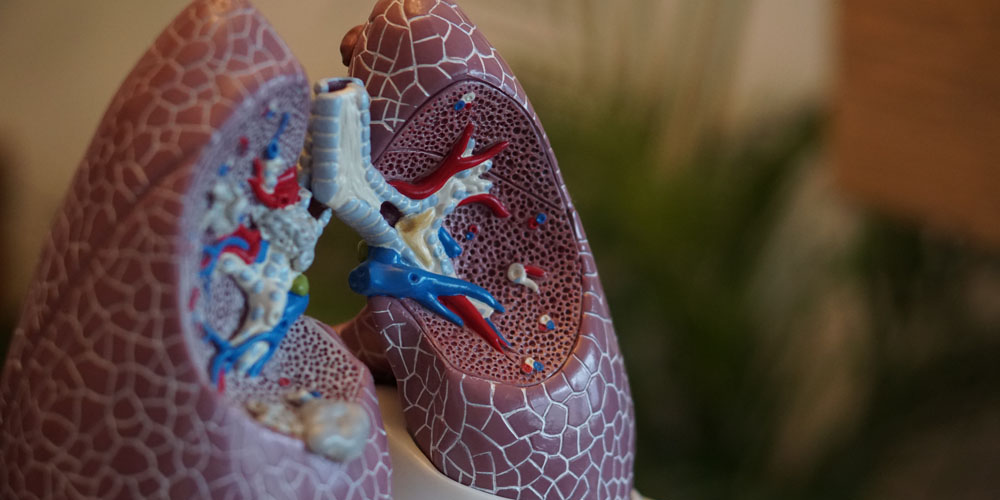
Correct!
Wrong!
-
5. True or false: Humans can hold their breath longer underwater than on land.

Correct!
Wrong!
-
6. In the same way that your emotions influence your breath patterns, you can manipulate your breath patterns to alter your emotional state. One common method of easing stress, reducing feelings of anxiety and inducing a sense of calm is…

Correct!
Wrong!
-
7. If practiced often and at length, breathing exercises can offer physical and mental benefits akin to those of…
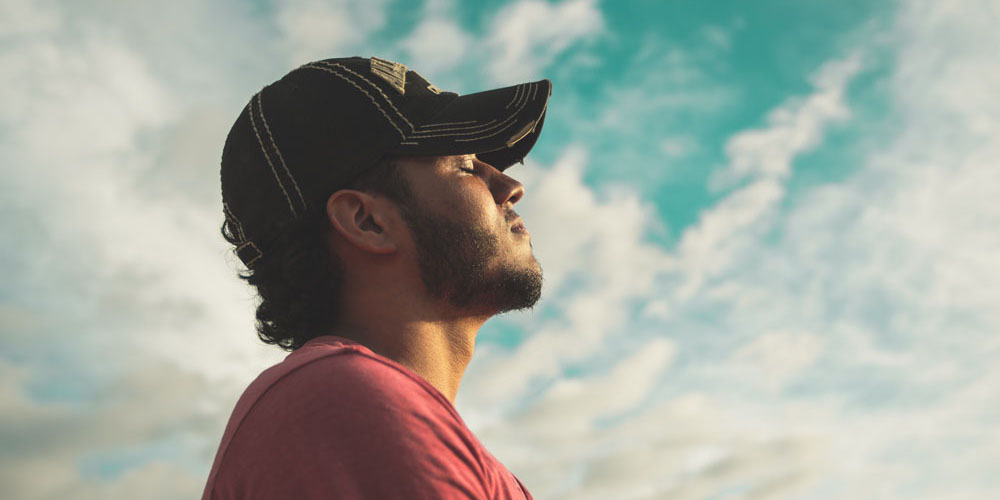
Correct!
Wrong!
-
8. In pranayama, or yogic breathing, there’s a technique to help you eliminate toxins and alleviate stress, among other benefits. You do it by sticking out your tongue and exhaling forcefully, while saying ‘haaaaa’. Of course, we’re talking about…
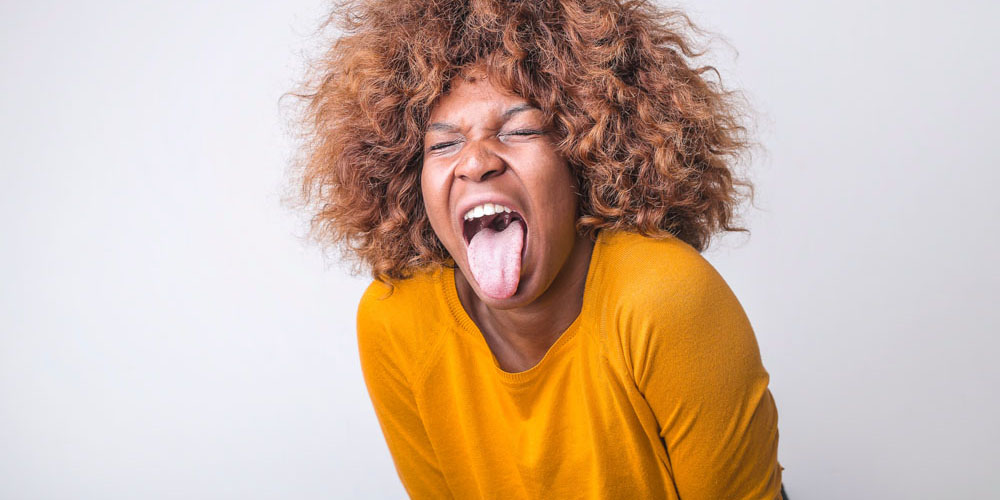
Correct!
Wrong!
-
9. Another pranayama technique is known as ‘nadi shodhana pranayama’. This translates as ‘subtle energy-clearing breathing technique.’ What does it involve?

Correct!
Wrong!
-
10. Hyperventilation is usually associated with acute stress, panic or breathing disorders, but if practiced intentionally (and safely), it can be a tool to facilitate what?
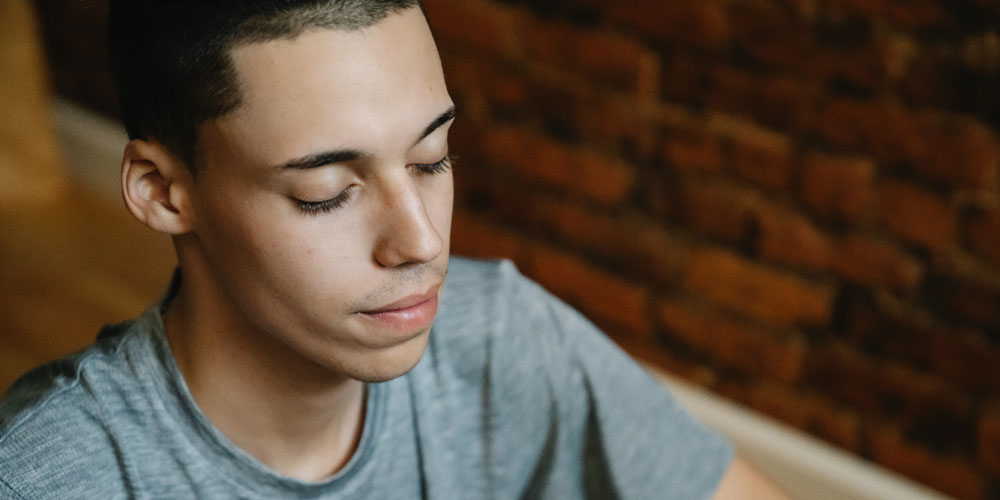
Correct!
Wrong!
-
11. As if sitting at our desks all day didn’t already cause enough problems! Our sedentary lifestyles can affect our breathing patterns by promoting shallow breathing, primarily due to chronic…
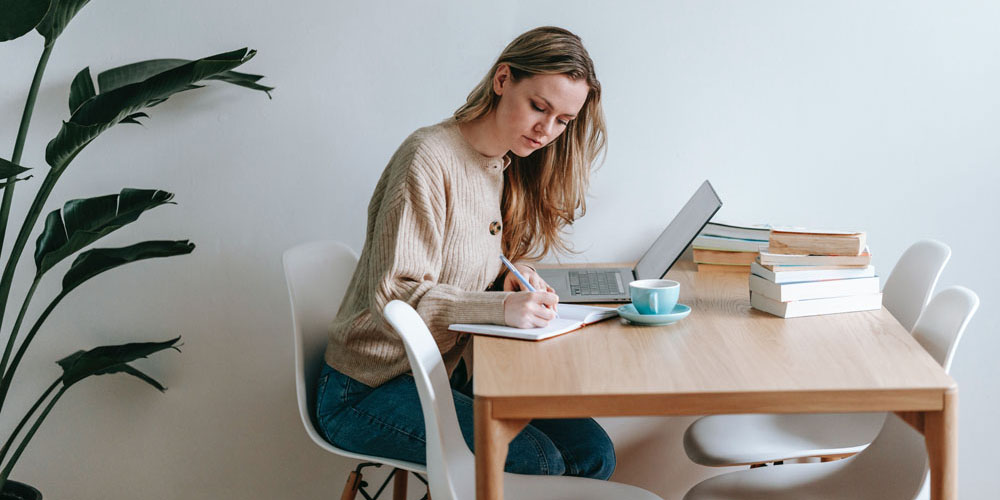
Correct!
Wrong!
-
12. And, finally, one simple and effective breathing technique is known as ‘breathing visualisation’. In its most widely practiced form, what does this entail?
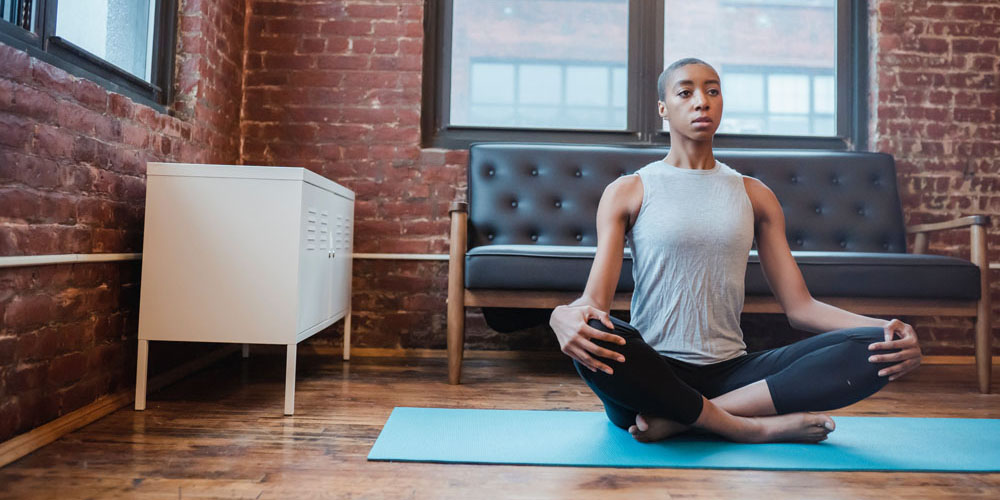
Correct!
Wrong!
-








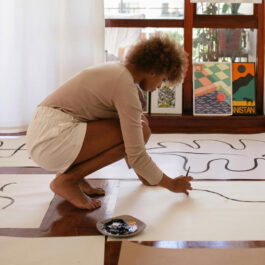



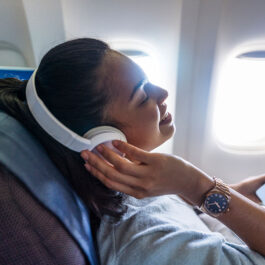

Sorry, the comment form is closed at this time.